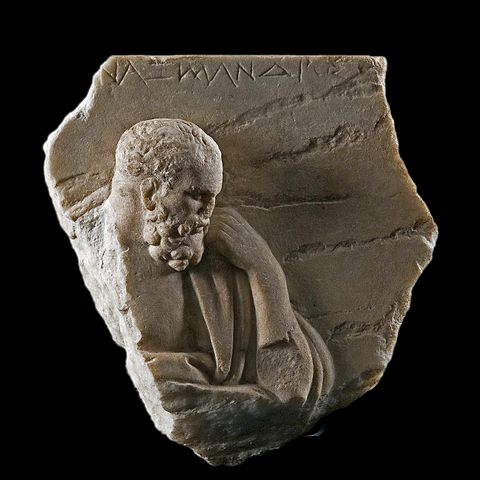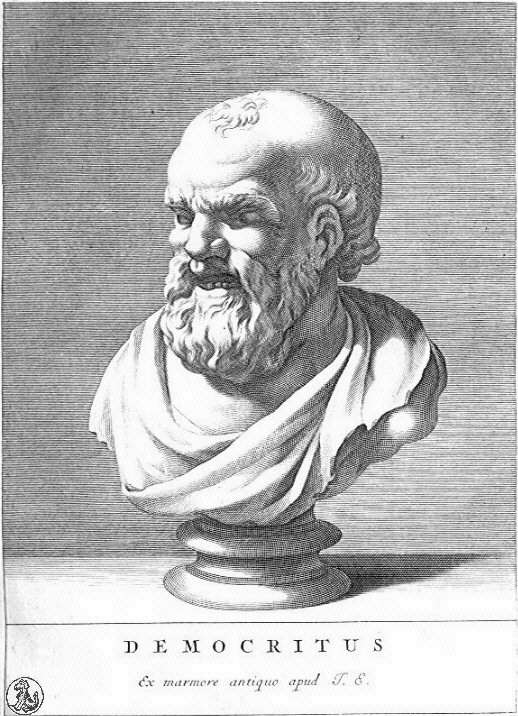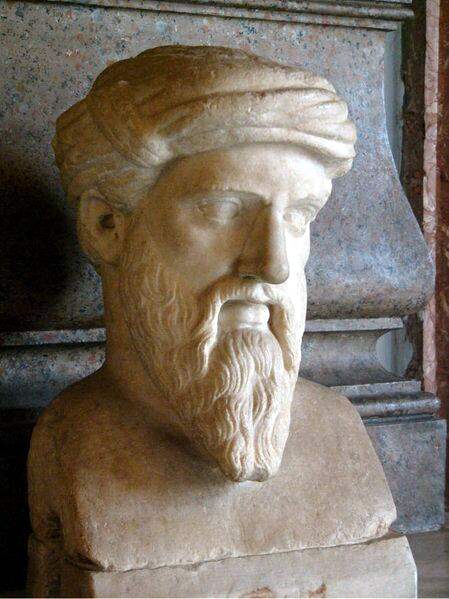Follow me:

Date posted: December 29th 2016
Book Title: Cosmos (continued)
Chapter 6: Exploring our surroundings
From all these man made devices sent into space in the 70s (the golden decade of space exploration), the most fascinating ones were the Voyagers 1 and 2 in 1977. They were sent to fly by several planets on their way out of the solar system carrying a message. Hopefully to be found someday by another civilization or perhaps just to float in empty space forever and ever...
Aside from carrying a message to distant civilizations, the Voyagers were to fly by several planets on their way out. This was purposely planned in order to get a speed boost from the orbital velocity of these planes. The planets essentially pulled them with their gravity but since the planets themselves are moving, the Voyagers would end up speeding up.
They took amazing pictures of these planets and their moons as they flew by. And today they are somewhere in the Kuiper belt (pronounced kaɪpər) outside the solar system, travelling at around 16 km/s (14 times faster than a bullet). They are the man made objects that have made it the farthest from Earth.
The Voyagers were made particularly with a spirit of expanding the edges of our knowledge. And they are the most iconic representations of the adventurous human spirit.
It was this same spirit of exploration that made Holland a dominating power in many areas of science in the 17th century, during the so-called Dutch Golden Age. During this time, Holland’s affinity for exploration led to great minds, and questions, such as those proposed by Christiaan Huygens (ɦœyɣə(n)s).
Huygens was a bad‑ass. His home was filled with goods from all around the world and distinguished thinkers from all nations were frequent guests at his house. He was admired by Isaac Newton as “the most elegant mathematician”. A true visionary, he proposed the concept of germs as microscopic organisms that cause disease. He was the first to measure the size of Venus. The first to determine that the Martian day was roughly as long as ours, and he discovered Titan (one of Saturn's moons)—all of this in his twenties!

Christiaan Huygens
Image under Public Domain via Wikimedia Commons
Huygens is a perfect example of what people can accomplish when they are given the opportunity to think without repression. The exploration spirit of Holland during the Dutch golden age bred great scientists like Huygens, in the same way the exploration spirit of the 1970s bred the great astrophysicists of today.
All of these probes sent into space in the 70s and beyond, have brought back so much information and knowledge from our solar system, that has forced our minds and hearts to open to the cosmos. In a way, these manmade probes are the explorers of our era.
Chapter 7: The Ionian awakening
We have noticed throughout history that in order for explorers to be born, visionaries must precede. Visionaries are people who are curious about the world and ask questions, and when the right questions are asked—without repression—the drive for exploration follows.
Some of these visionaries existed in Ionia about 2500 years ago, during the Ionian awakening (between 600 BCE to 100 BCE). This was a time and a place where innovation and new ideas were embraced. A place where religious repression was minimal, and where people started realizing that the world formed naturally over the eons—instead of being made by some grand architect.
Thales of Miletus was one of the first Ionian scientists who adopted this way of thinking. He learned how to measure the height of a pyramid by the length of its shadows and the angle of the Sun above the horizon1. He also developed many geometric theorems that a thousand years later were expanded and properly established by Euclid. Thales was also one of the first people to study magnets.
-
A method used to measure mountains on the moon two thousand years later↩
-
I like to think that if it wasn't because of oppressive religious doctrines during the Roman era, the dark ages may have have never happened… Or maybe they were necessary, I don't know. If they didn't happen we would already have a Colony on Mars! I would probably have a vacation home in Mars if it wasn't because of the dark ages! lol↩
-
wtf!?↩
-
Again wtf?!... As if the answers laid deep within us↩

Thales of Miletus
Image under Public Domain via Wikimedia Commons
Another important Ionian scientist was Anaximander. Thales’ contemporary, he was one of the first to perform an actual experiment. He also used sticks to measure accurately the length of a year. Carl mentions that he finds it funny that “for ages men had used sticks to club and spear one another, but Anaximander used one to measure time”. Anaximander even proposed the concept of evolution!

Anaximander of Miletus
Image under Public Domain via Wikimedia Commons
Then we have Theodorus of Samos, he invented the key and developed a process for casting bronze statues. Empedocles came up with the concept of air as a substance. And many [many] more. These exemplary individuals were the result of minimal repression of ideas and a partial absence of religious beliefs. If it wasn’t because of the rise Roman empire, the Greek alphabet could have been the one we used today.2
Among all these bad‑asses there was one of the most brilliant men that existed before the common era, Democritus of Abdera. Abdera was kind of a joke among Ionian culture, is where the lazy and dumb people would come from, but Democritus was no dummy. He was the one Ionian who dared to ask the questions no‑one else was even close to fathoming. He wondered what would happen if he cut a piece of something in half—over and over again. Would there be a point where you couldn't cut it anymore? (he asked). With this question he came up with the concept of an atom (which is greek for unable to cut). “Nothing exists” he used to say “but atoms and the void”.

Democritus of Abdera
Image under Public Domain via Wikimedia Commons
Unfortunately a large part of Democritus’ work was destroyed by religious extremists and philosophers with mystical ideals like Socrates, Plato, and Aristotle. With the rise of such mystics, science started to fade away until it eventually disappeared from Ionia. This flame of hope (that science is) was revived in Alexandria about 200 years later, but as I mentioned earlier, religion and mysticism took over (once again) with the rise of the Roman empire.
A very curious example of the mystics overtaking science was Aristotle. Aristotle denied that the Moon reflected light from the Sun—an idea proposed a couple of years earlier by Anaxagoras (another Ionian scientist). Aristotle also said that the source of the human knowledge was the heart3. So despite all the respect and admiration history has for Aristotle, he was far inferior to any of the Ionian scientists I mentioned here.
So where did these Mystic ideas come from? Well, many of these famous philosophers such as Aristotle, Plato, and Socrates, were influenced by one of the most unfortunate (yet interesting) Ionian scientists—or in this case a mathematician, Pythagoras.
Pythagoras was born in 575 BCE. He was contemporary to other Ionians mentioned above, but his contribution to mathematics, started walking the blurred line between observation and thought—between science and belief. Being able to explain things in a mathematical way, encouraged his followers to refrain from using their hands (or performing experiments), and instead, learning by thinking.

Pythagoras
Image by Galilea under Creative Commons BY-SA 3.0 license via Wikimedia Commons
Those who followed Pythagorean ideas would sit indoors and think about ways of explaining natural phenomena through mathematical equations. Eventually this idea led to a disconnection of the body and the mind. It also separated the workers from their masters. Plato for example, an admirer of Pythagoras, urged astronomers to think about the heavens but not to waste their time observing them.4
This idea of a perfect mystical world, unseen by the senses, was readily accepted by early Christians and it was the foundation of almost every religion. I’m not sure whether that was good or bad, but the pros and cons of such ways of thinking have been evidenced throughout history. The dark ages are an example of Religion gone bad. However, Kepler and Newton were a good outcome of religious influence. They were deeply inspired by the idea of a higher power. But it was their observation and curiosity that led to their findings, not the higher power…
Click on the next button to keep reading


